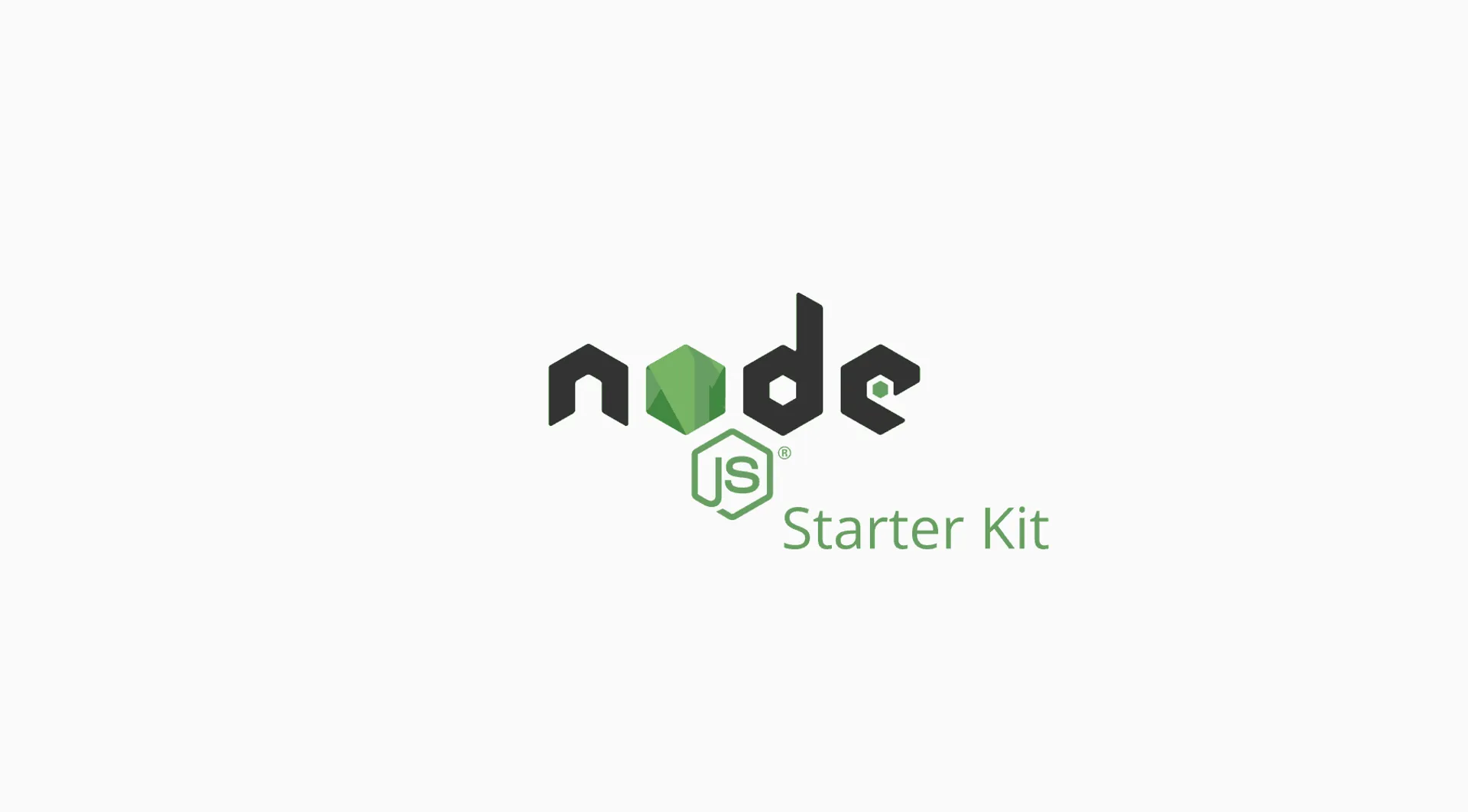Node JS Starter Kit to Create Skeleton of Your New App
Quickly create Node.js app skeletons with this starter kit. Follows best practices using express generator for a solid foundation. Ideal for new devs

Sariful Islam

To create a skeleton of a node js application this node js starter kit is followed best practices collected from experts.
If you are new to node js or you know node js, you can get benefit from this node js starter kit.
This starter kit is used express generator to create a skeleton.
You can skip the step which you have previously applied.
-
Make sure you have installed Node JS on your computer
The latest version of node js is found here.
-
Install
express generatorto quickly create a skeleton of node js applicationnpm i express-generator -g -
Let’s start by creating a new app using
express generator- First, open a folder where you want to store the app this may refer as base folder later
- Open
terminal/command promptthere - Run command:
This will create a skeleton of your app Here we will useexpress --view=ejs myApp--view=ejsfor templating engine.myAppare the app name and the directory which express generator will create
-
Now Change The Directory To the newly created folder
this folder later refer as base folder later
cd myApp -
Then install the dependencies
npm i -
Install database management system
For the sake of relevance we use
mysqlin this here Run command:npm i mysql --saveThis will download the node js MySQL package Use
--saveflag to save it topackage.json -
For any login based applications, we will use
cookie-sessionto store sessionsRun command:
npm i cookie-session --save -
Install
body-parserfor handlingPOSTrequestRun command:
npm i body-parser --save -
Now put all codes of
app.jsinto an IIFEWe will change the app.js files created by default.
(function() { "use strict"; // Put all codes here })(); -
Now create a config file to hold all app & database configuration
Create a file called
config.jsonat base folder Inconfig.jsonwrite all configurations in ajsonformat For example:{ "mysql": { "host": "localhost", "user": "root", "password": "password", "database": "db_name" }, "app" : { "port": 3000 } }Here MySQL key will hold the MySQL configurations.
-
To use created
configsin the appWe will import those files in
app.jsconst fs = require('fs'); const config = JSON.parse(fs.readFileSync('config.json', 'utf8'));Now
configthe variable will store all configurations fromconfig.json -
Now we have to make some changes to
bin/wwwfile to start the app in this way- Import config file just like above
- Then change (usually line no
15) From
tovar port = normalizePort(process.env.PORT || '3000');var port = normalizePort(process.env.PORT || config.app.port);
-
Then again change a line in
bin/wwwFrom
server.listen(port);to
server.listen(port, function() { console.log('Listening on port: ' + port); }); -
Then start the application by running the command
npm startYour app is now running on port 3000
-
You can go to your browser in this location http://localhost:3000
-
Now you can change
views/index.ejsfile to see it is working
Now you are all set to begin creating a node js application.